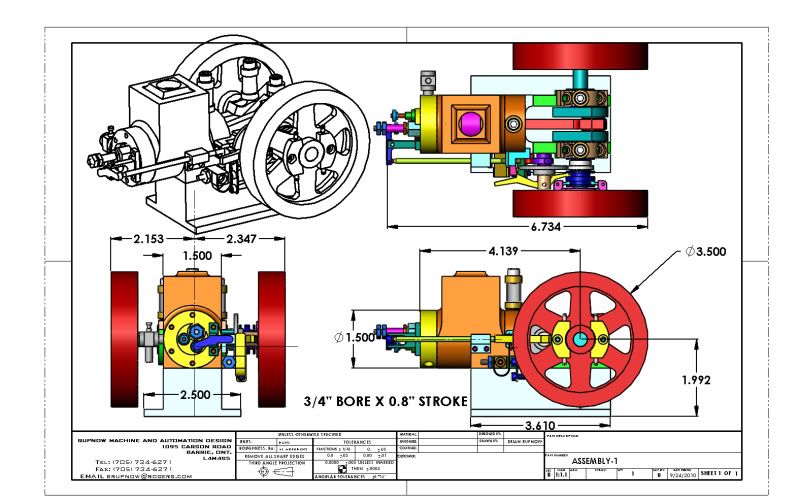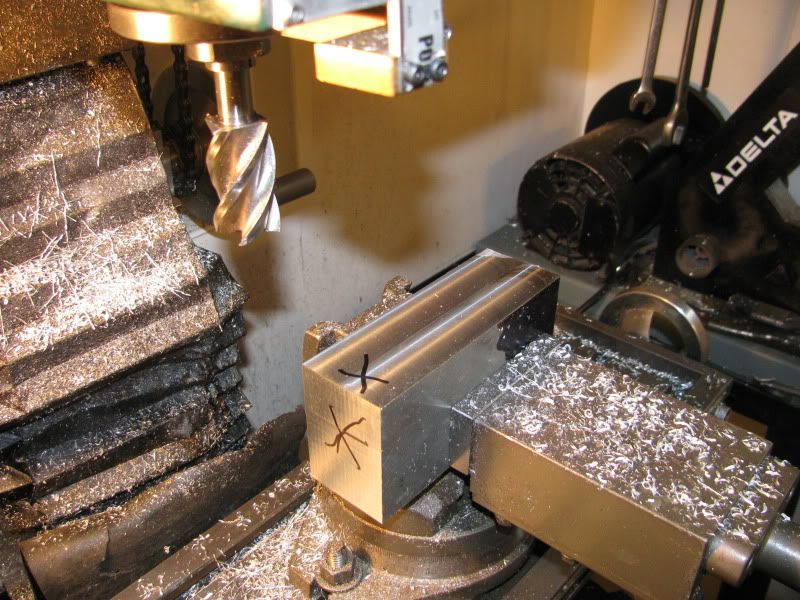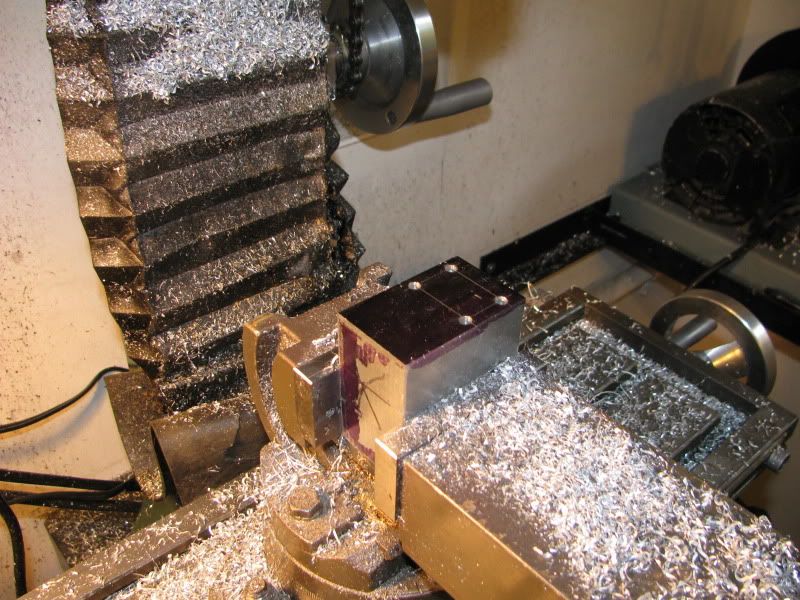bearcar1 said:Can you elaborate on the errors you mentioned Brian, I'd be very interested in knowing about them before I get too far into something only to find out it isn't right and could have been corrected for ahead of time. I do like the idea of making the base into a plinth arrangement in order to elevate the engine just a bit, it makes foe a possible good location to stash a fuel tank. ;D
BC1
Jim
Bearcar---When I first saw your post about hiding the gas tank in the base, I thought "What a great idea!!!" However, last night as I lay in bed thinking about it, a little light come on---I don't think that these engines have any provision for lifting the gas up to the carburetor. I think the tank has to be level with, or slightly above the carb. Maybe someone else more knowledgeable can chime in here and help us out???----Brian







